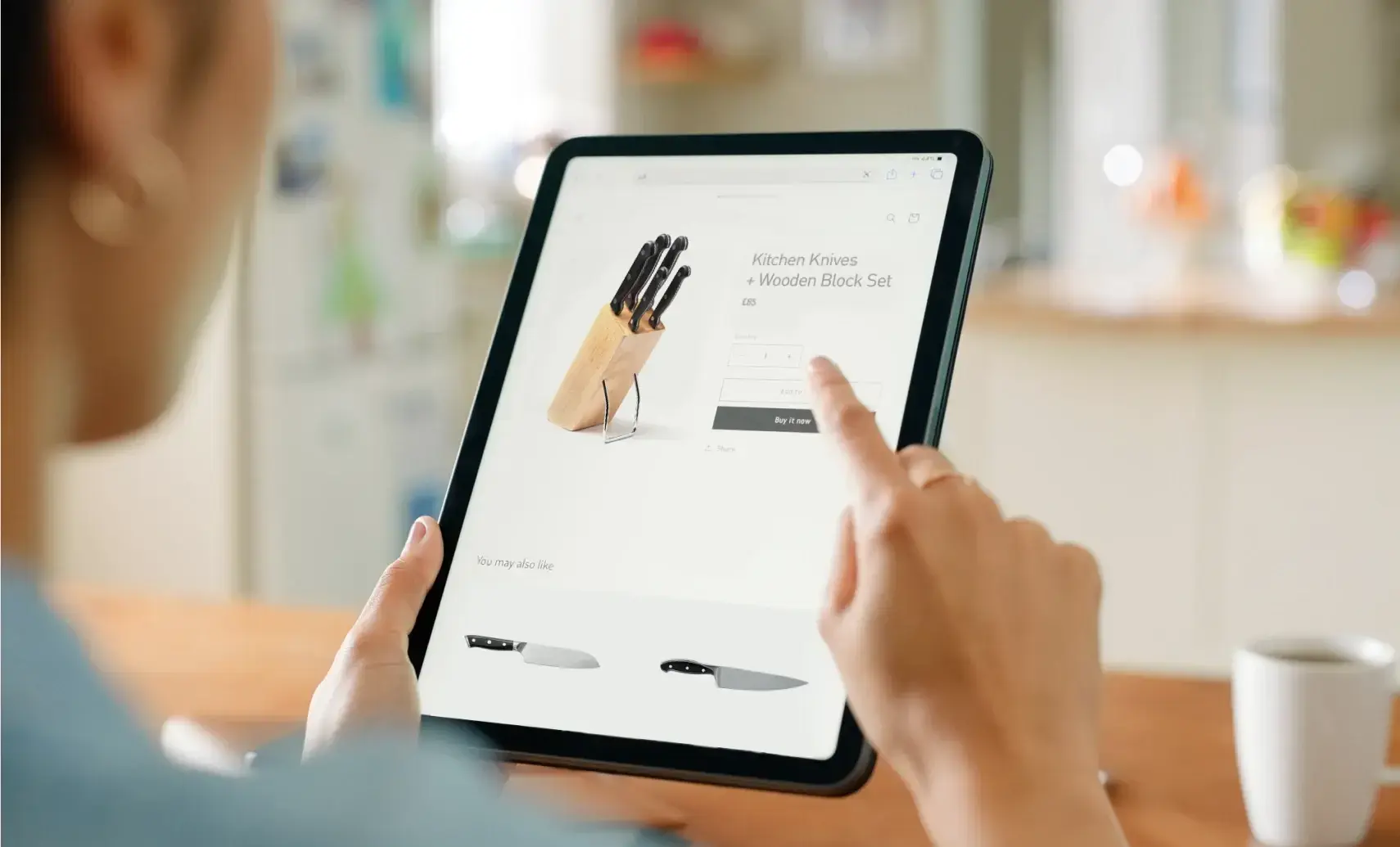Business
Myth-busting identity verification
Identity verification is the process of confirming that a person is who they say they are. It typically involves validating an individual’s personal information, such as a name or date of birth, against identity documents or other official records and databases. Verifying a person’s identity is crucial for safe and trusted transactions. It helps you to protect your business from fraud, prevent deepfake attacks and comply with regulations. Addressing misconceptions about identity verification There’s lots of conflicting information out there about how you can verify your customers’ identities. We’re here to dispel some commonly-held myths about identity verification.
An overview of changes to Companies House identity verification standard (and what it means for ACSPs)
As an Authorised Corporate Service Provider (ACSP), you’ll be aware of the upcoming changes to the Companies House identity verification standard. In 2025, anyone setting up, running, owning or controlling a company in the UK, namely directors and persons with significant control (PSCs), will be required to verify their identity to prove who they are. These changes come as part of the Economic Crime and Corporate Transparency Act 2023 and aim to prevent anyone seeking to use Companies House for fraudulent activities. Failing to comply with mandatory identity verification requirements could result in fines and restrictions on company activities.
Yoti Digital Identity Report 2 – Why your business needs Digital ID
Our second Digital ID report focuses on the value of Digital ID to businesses. This year is shaping up to be a transformational one in terms of how people verify their identity, with Digital ID at the core of how technology can improve the verification process, user experience and reduce fraud. We address how to introduce Digital ID into your onboarding processes as well as the future of Digital ID wallets. Download our report below. Our first Digital ID report can be found here. Download
The risks of using a VPN: Everything you should know
In 2025, cyber threats are more sophisticated than ever. Many businesses turn to Virtual Private Networks (VPNs) for online security and privacy. But are they always safe? Not all VPNs are created equally, and for businesses looking for a VPN provider, it can be easy to fall prey to fraudsters looking to exploit personal information for cash. In this blog we weigh up the red flags, risks and benefits of VPNs, helping you to decide if they’re right for your business. What is a VPN? Virtual Private Networks (VPNs) have become an essential tool for businesses and individuals
AML Watchlist Screening [product sheet]
Let automation do the heavy lifting in your AML practices with our configurable identity verification solution. You can tailor the checks to suit your risk profile, with optional document authenticity checks and manual review by our verification specialists for enhanced security. Screen extracted customer data against thousands of AML databases in real-time and receive alerts to changes in the risk status of your customers with ongoing monitoring. Core steps for robust AML checks: Identity Verification AML Watchlist Screening Download product sheetGet in touch for a demo
The Government announces identity checks for online knife sales
The UK Government is tightening regulations on online knife sales to prevent underage access and enhance public safety. As part of this, the Home Office has published an independent report by the National Police Chiefs’ Council (NPCC). The report explores the current practices in the market and sets out some recommendations for how to strengthen online knife sales. Here’s a snapshot of some of the proposed changes: Report suspicious purchases: retailers will need to report suspicious purchases to the police. Increased penalties and jail sentences: penalties for selling knives to under-18s will increase from 6 months to up to
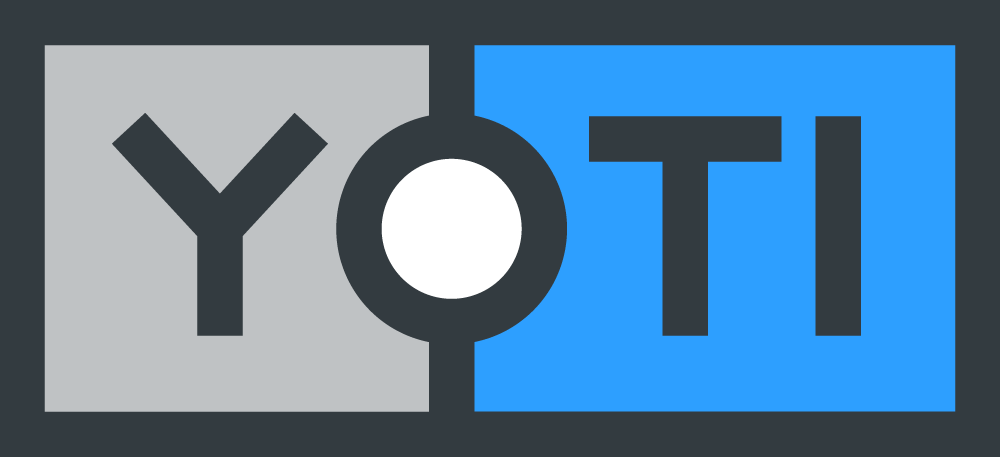
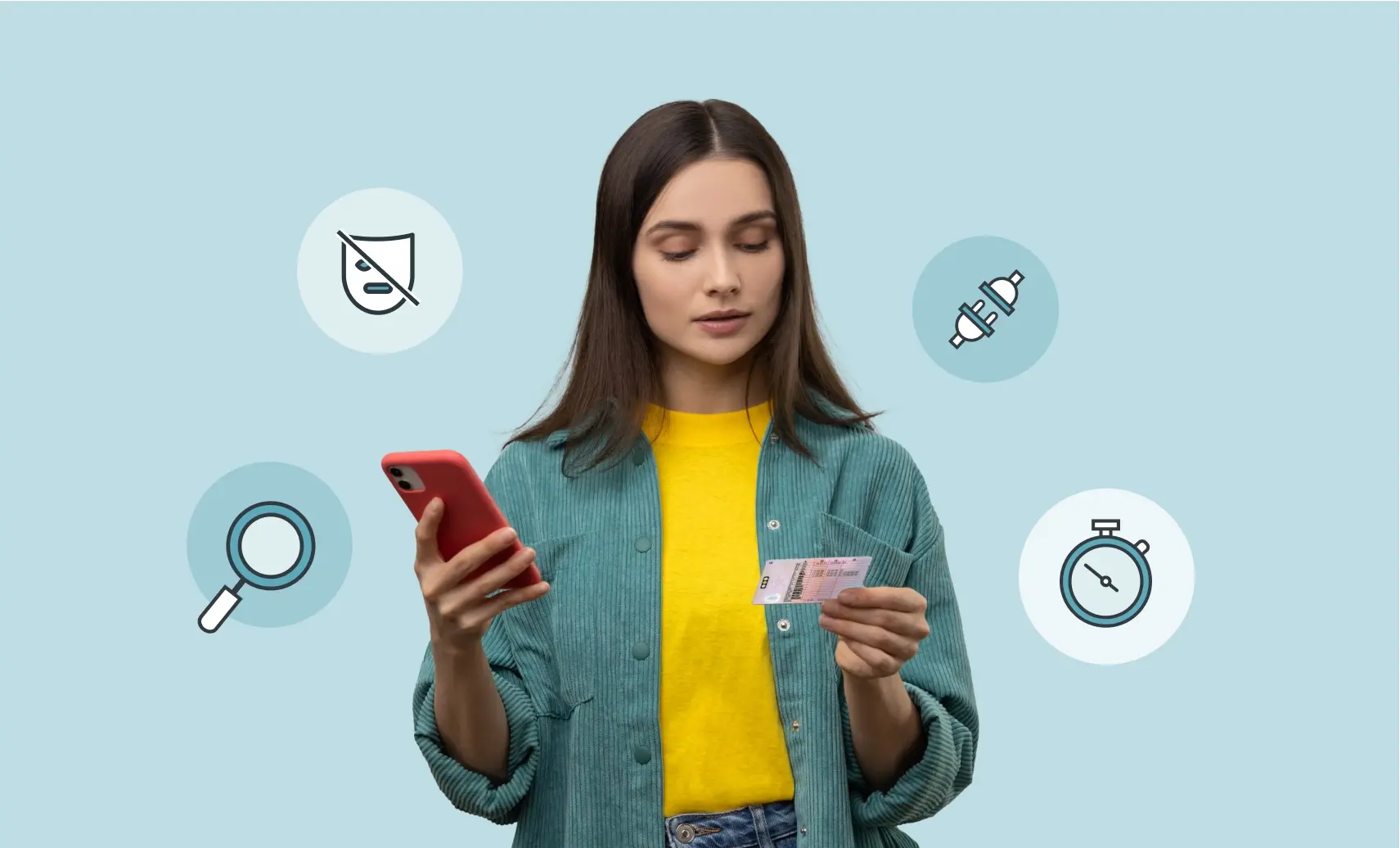

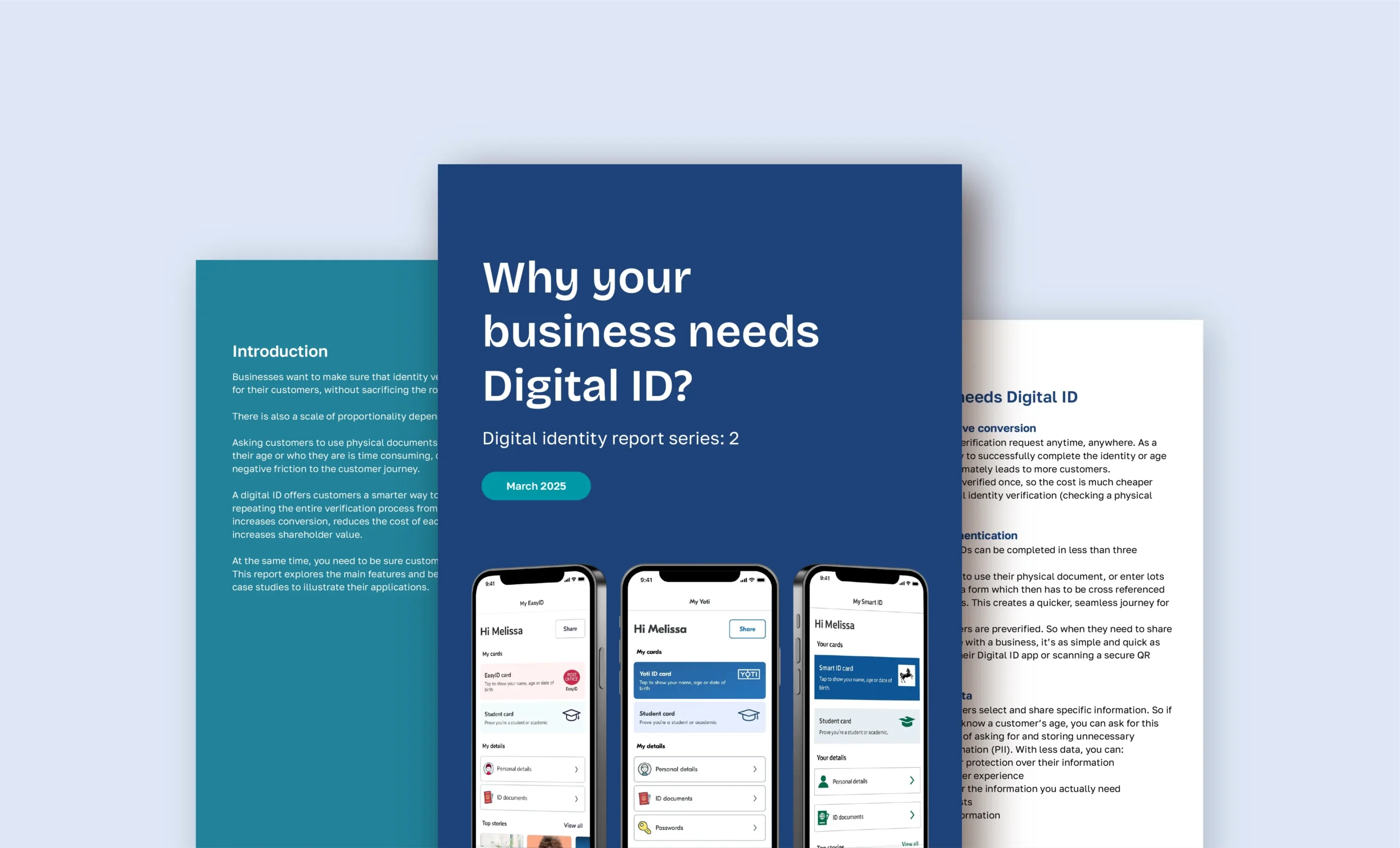
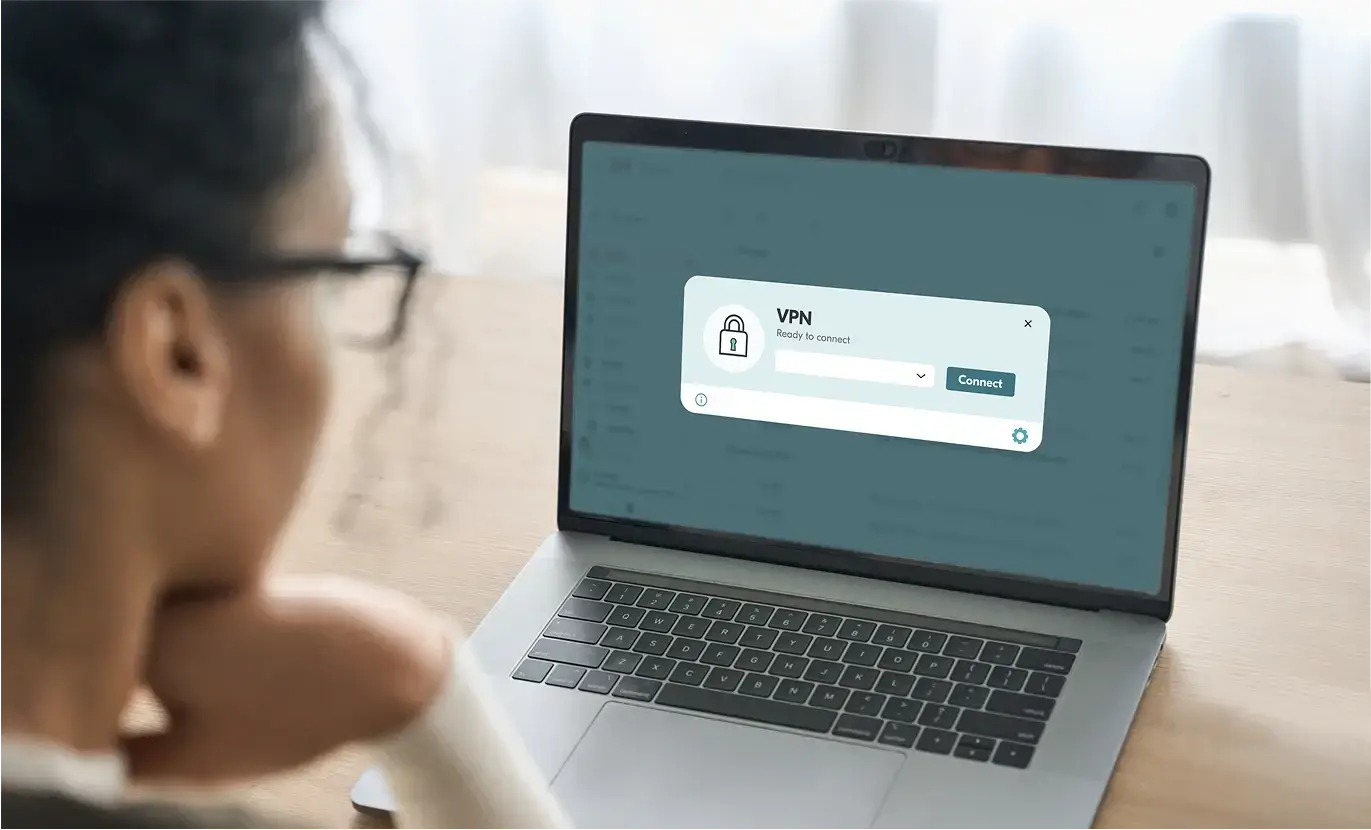
![AML Watchlist Screening [product sheet] AML compliance officer](https://www.yoti.com/wp-content/uploads/Blog-AML-Challenges.jpg)
